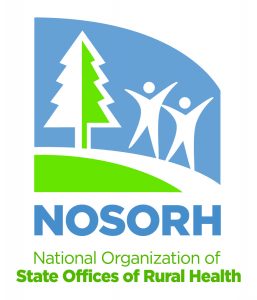The Pennsylvania Department of Health announced that beginning Wednesday, August 5, various Walmart locations across the state will begin providing drive-thru testing for residents living in areas where there is a need for testing sites.
“We appreciate the hard work done by health systems, pharmacies, Federally Qualified Health Centers (FQHCs), medical clinics and other entities that are providing testing for COVID-19 across Pennsylvania,” Secretary of Health Dr. Rachel Levine said. “When we established our testing strategy, we wanted testing to be accessible, available and adaptable and we are working to meet that challenge. Anyone who believes they are in need of a COVID-19 test and meet testing criteria can get tested today in Pennsylvania.”
Nine new drive-thru testing sites will launch on August 5. There is no testing in stores. These sites will be open weekly to test up to 50 registered patients. Registration is required one day in advance. The following drive-thru testing sites will be open Monday-Friday from 9:00 AM to 4:00 PM starting Wednesday, August 5th:
- Walmart Supercenter pharmacy drive-thru, 355 Walmart Drive, Uniontown, PA
- Walmart Supercenter pharmacy drive-thru, 2601 Macarthur Rd Relocation, Whitehall, PA
- Walmart Supercenter pharmacy drive-thru, 2010 Village Center Dr, Tarentum, PA
- Walmart Supercenter pharmacy drive-thru, 134 Daniel Kendall, West Brownsville, PA
The following drive-thru testing sites will be open Monday, Wednesday, Friday from 7:00 AM to 9:00 AM starting Wednesday, August 5th:
- Walmart Supercenter parking lot, 20245 Route 19, Cranberry Township, PA
- Walmart Supercenter parking lot, 200 Kocher Lane, Elizabethville, PA
- Walmart Supercenter parking lot, 50 Newberry Parkway, Etters, PA
- Walmart Supercenter parking lot, 1355 East Lehman St, Lebanon, PA
- Walmart Supercenter parking lot, 100 Chippewa Town Center, Beaver Falls, PA
These nine new sites are in addition to existing Walmart drive-thru sites in Clarion, State College, New Castle and Edinboro. The most updated testing sites and information is available on the Department of Health’s website.




